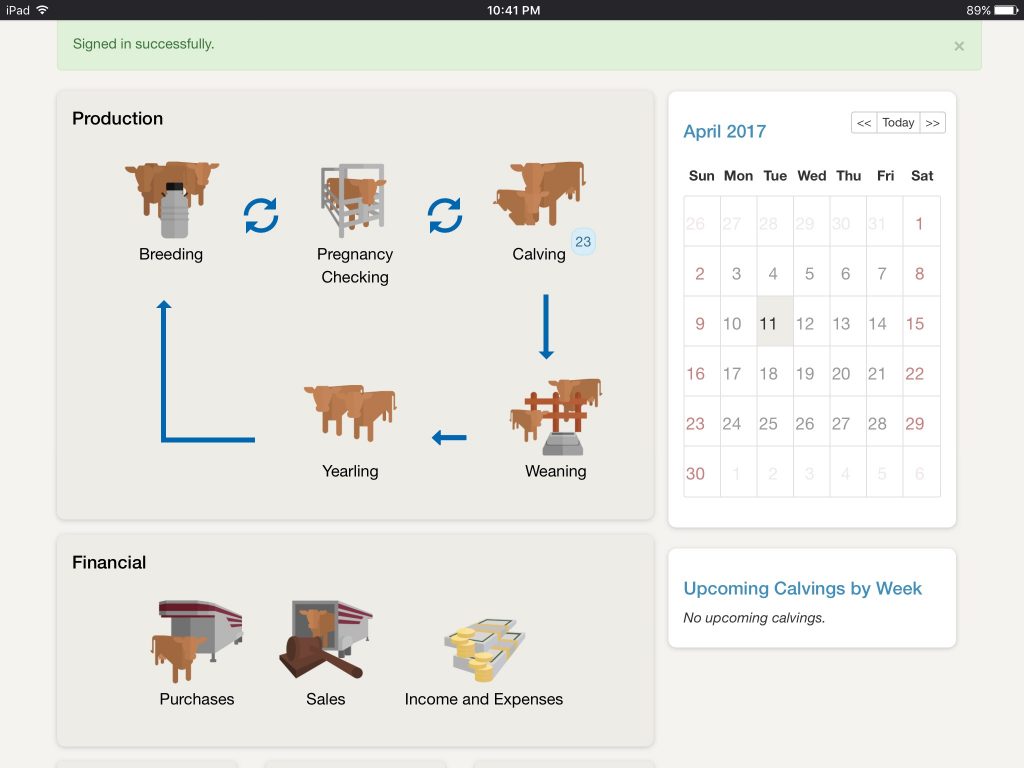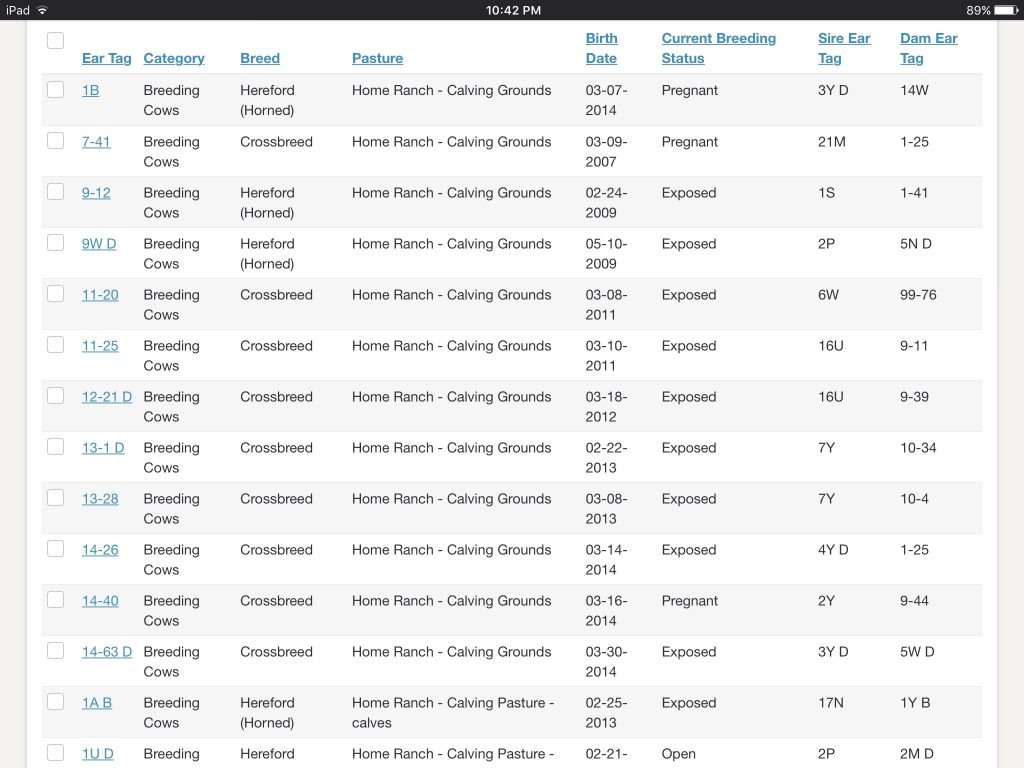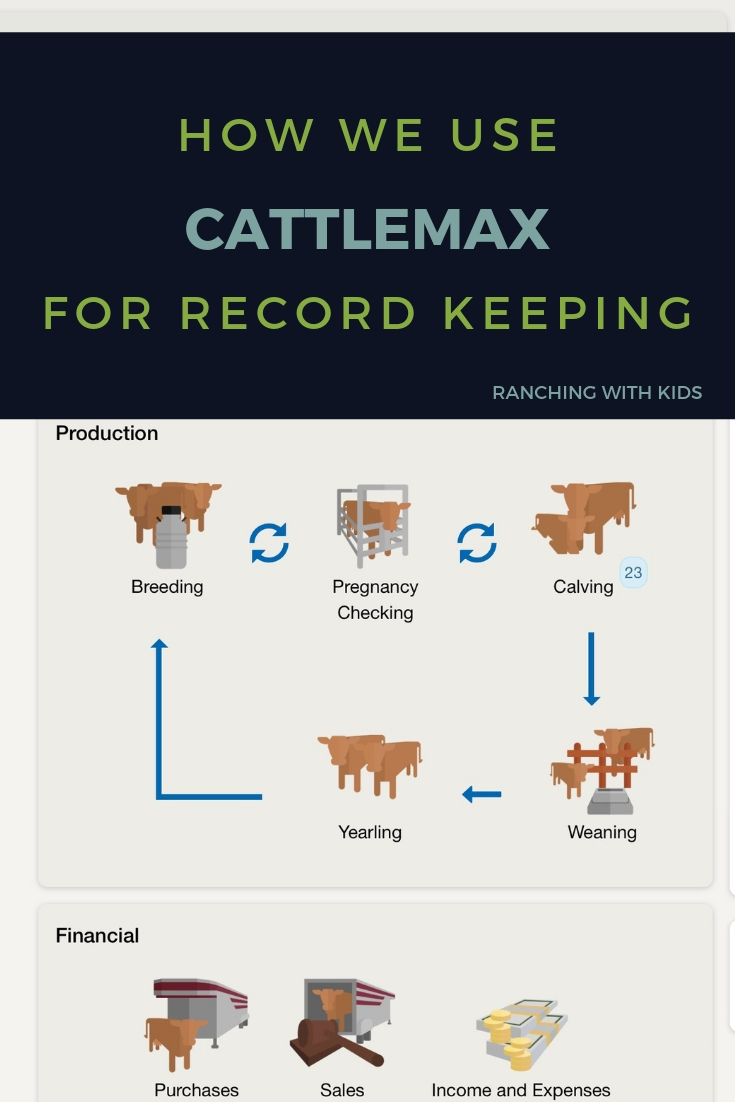Cattle records, what kind of records would you keep on cattle? On our ranch, we have a purebred and commercial herd. With purebred herds there is always more of a record keeping requirement; therefore, we decided to also keep detailed records on our commercial herd so that we are managing all of our cattle the same.
All of our records are inputted on a daily basis into our cattle management software program, CattleMax. CattleMax has an online program that we can access anywhere by using our computer, iPhones and/or iPads for a small monthly fee. We have been using this program for at least 10 years and it makes it extremely easy to print reports and/or worksheets while managing our herd.

On our ranch, every calf is given a ranch tag with a specific number at birth along with a RFID tag (Radio Frequency Identification tag). The mother’s number is then written on the back of the ranch tag. The registered calves are numbered numerically, followed by the letter for the year. This year is “G”. The commercial calves are also numbered numerically, starting with the year they were born (“19” for 2019) and then their number in sequence. For example, 19-15.
At birth, we keep track of calving difficulties, medications, management notes and birth weights. The one book on the ranch that we can’t live without is our calf book! It tracks the calf number, mother (dam), father (sire) and all the other birth details. Needless to say, my 2017 calf book looks like it has been everywhere with me!

Throughout the year, we must document which cows are bred to which bulls, vaccination and medications as given, pasture movement details for each animal, yearling weights and many other details.

In the fall, we weigh each calf so that we can document how many pounds each cow is raising, details on if the calf is kept over the winter or where it is sold and for how much.
There are lots of records and worksheet available in CattleMax that we use on a daily basis.
By using CattleMax, we can easily see which cows are producing the highest weaning weight, the average calving interval, average birth weights for sires and any other detail that we need to look at while making management decisions.
At the end of each year, we print a variety of reports and bind them into a book so that we always have a paper copy of each year’s records to refer to.
Now that we have been using CattleMax in our operation, I couldn’t imagine doing all the records manually now. I highly recommend CattleMax for cattle ranchers!




